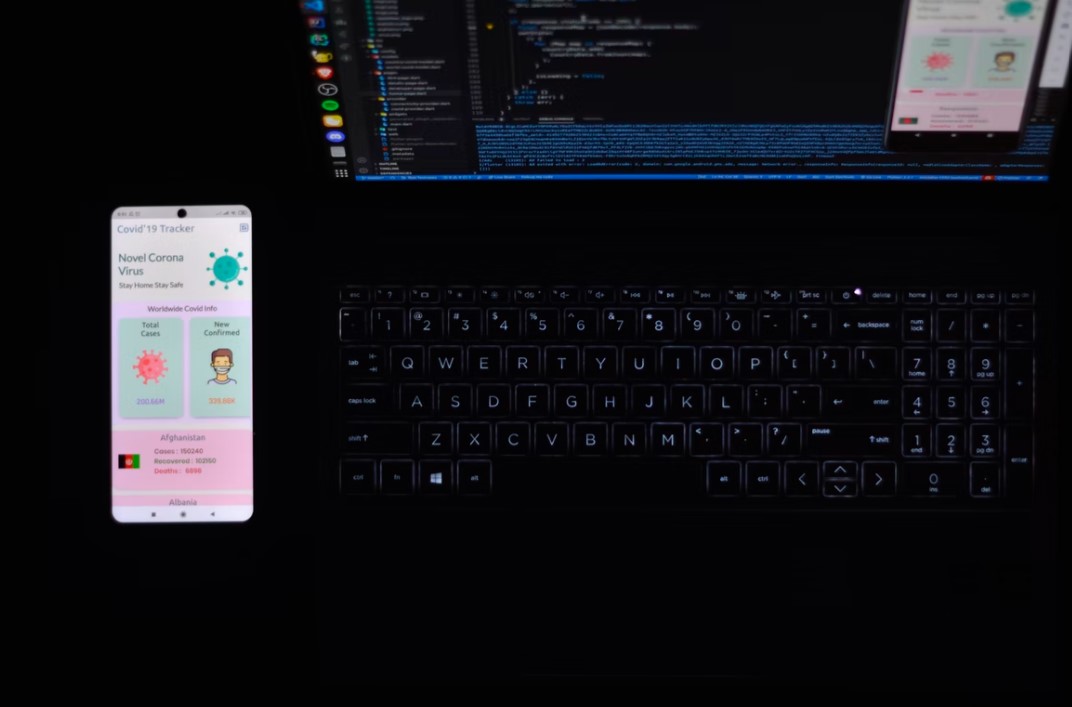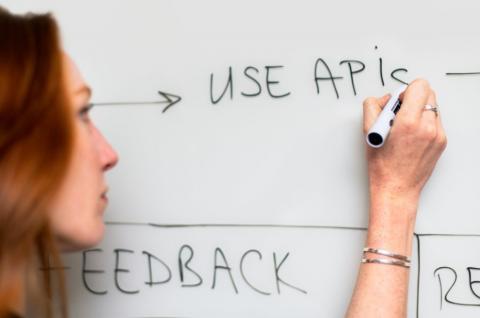
Within the intricate world of programming and creating applications and websites, there are concepts that can be somewhat confusing even for the most experienced person, among them is the correct definition of an API.
API, an acronym in English for application programming interface, is basically an interface that connects two applications to each other, allowing the developer to have in his application the data or functionalities of an external app.
In a BBVA API Market article they define it perfectly “An API facilitates the exchange of messages or data. A set of functions and procedures that a library provides for use by other software as an abstraction layer, a space for accessing and exchanging additional information on top. Thus, one uses the information of the other while remaining independent”.
How does an API work?
An API, to understand it in the simplest way, consists of three parts:
- User: the person making a request
- Client: the computer that sends the request to the server
- Server: the computer that responds to the request
First, the server that will function to acquire and store the data must be built. When it is already running, the developers publish the documentation, which will include the endpoints to get the data. The documentation is what will tell external programmers the data structure of the server.
After this is done, an external user will have the power to look up data on the server and also create some program to look up information in the database, transforming the information into a different format.
Let's translate this into a real example: the operation of an address book. Years ago, each house received a telephone directory where all the numbers of people, businesses, and companies in the city were registered, all in alphabetical order. To find the address of a friend or a store you went by the last name, you saw the address and then you looked for it on the map, a limited amount of information and difficult to access. Now, you have all this in a database that you can access at any time.

When should an API be used in a web application?
Creating an API layer for a web application greatly simplifies the way the application frontend retrieves and stores acquired data in a database, which is of great benefit to both the developer and the user.
Assuming you're building an application with Angular, using an API allows you to keep your code modular. The framework should just pass some data to the specific route in the application backend and wait for the response. You can even update the API for that route or the page layout without breaking either, which is known as separation of concerns.
It is also useful to pass the data to a backend API as this removes some of the processing from the client and this avoids consuming computing power in a mobile browser resulting in a poor user experience. The API does all the heavy lifting, enhancing that experience.
By creating an API, we can make the app device-independent, which is vital when building a mobile web. You could have a website, a mobile app, and a mobile web app accessing the same data using the same API, without needing to have a backend for each app implementation.
At Rootstack, our team of experts has used several APIs to integrate them into the different applications we have made for our international clients, thus achieving a robust application, full of various functionalities that can satisfy the demands of today's users.
Do you need an expert who can provide your company with a good mobile application or a site where your customers and users can go to learn more about your products? Do not hesitate to talk to us, we are willing to offer you the best minds in the world of software development and thus provide solutions to the technological problems that your company presents.
We recommend you on video

